Shhh: A Gallery of Secretive Ground Snakes
Atractus dunni

Atractus dunni, an Ecuadorian ground snake first discovered in 1955. The Atractus genus has more species than any other genus of snakes. There are 140 different members, 33 of which were discovered in the last decade, according to herpetologist Alejandro Arteaga and colleagues. Snakes of this genus typically live in burrows and eat insect larvae.
[Read more about the snakes from hell]
Atractus elaps
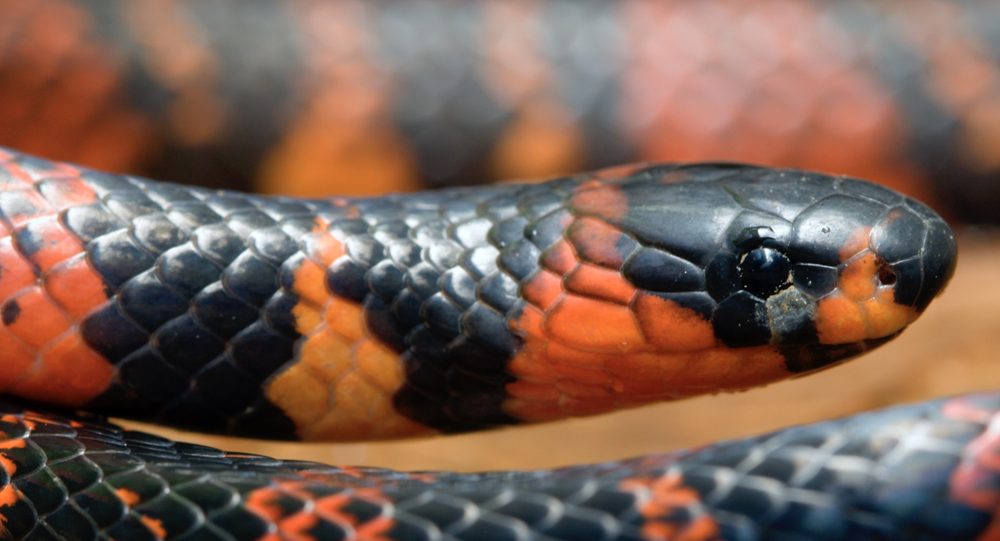
Atractus elaps is an Atractus species found in Ecuador, northern Peru, eastern Colombia, Brazil, Venezuel and Bolivia. It is one of the most colorful species in the genus, easily recognizable by its striking red-and-black ring pattern.
Atractus multicinctus

The banded ground snake, Atractus multicinctus, is found in rainforests in Colombia and Ecuador. It is a rare species, according to the International Union for Conservation of Nature, but is not known to be endangered or at risk as its distribution covers a wide area.
Atractus touzeti

Touzet's groundsnake (Atractus touzeti) is an Ecuadorian ground snake discovered in 1992 and named after Jean-Marc Touzet, founder of Ecuador's Fundación Herpetológica Gustavo Orcés. The snake is known to live only in Ecuador.
Atractus Cerberus
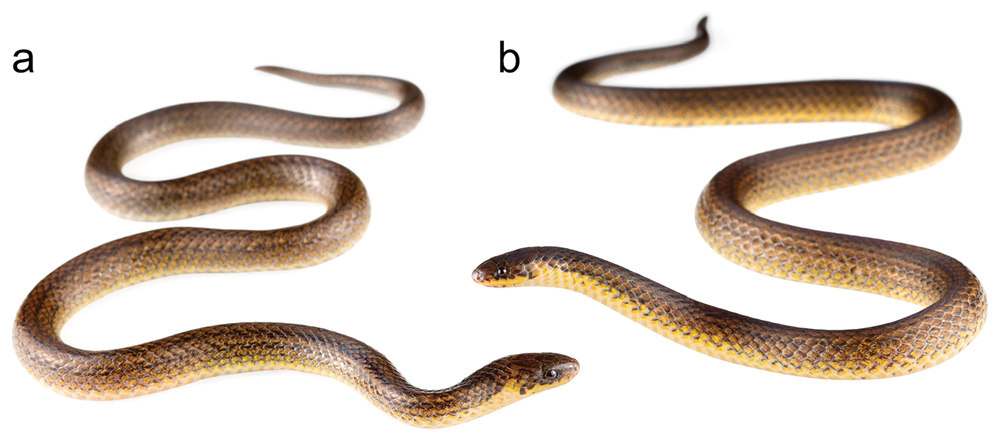
Two adult male Cerberus groundsnakes (Atractus Cerberus), newly discovered near the gates of the Refinería del Pacífico, a massive petrochemical complex that reminded the snake's discoverers of hell. These snakes are presumed to be critically endangered, as they were found in a small area of forest surrounded by land that had been cleared for industrial activites.
Atractus esepe
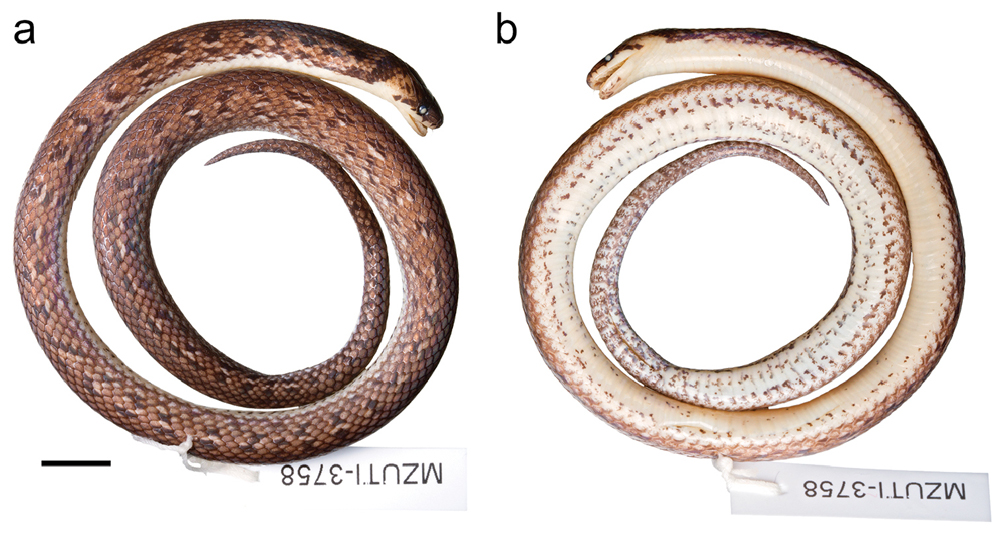
The indistinct ground snake, Atractus esepe, was found in an evergreen lowland forest in the Ecuadorian province of Esmereldas. The specimen is about 9 inches (232 mm) long and was named for the Spanish pronunciation of the scientific abbreviation "sp," for species. In the field, Spanish-speaking herpetologists often describe Atractus snakes as "Atractus sp." if they don't know the proper species name.
Get the world’s most fascinating discoveries delivered straight to your inbox.
Atractus pyroni
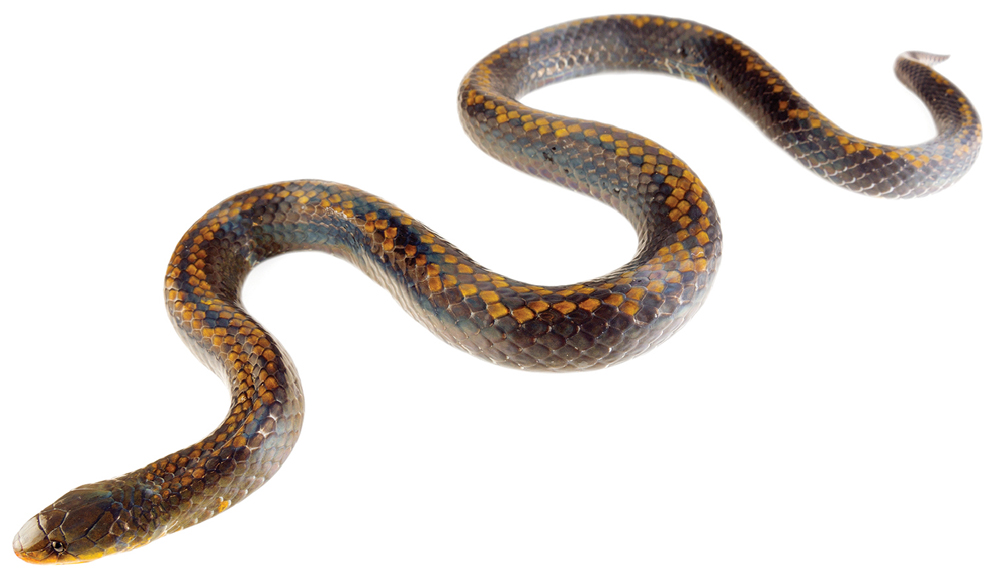
Pyron's ground snake, Atractus pyroni, is decorated with glimmering golden scales along the top of its back. The snake is known from a single specimen found dead on a dirt road in the province of Bolívar. The snake was about 17 inches (443 mm) long.
[Read more about the snakes from hell]
Mapping the Serpents
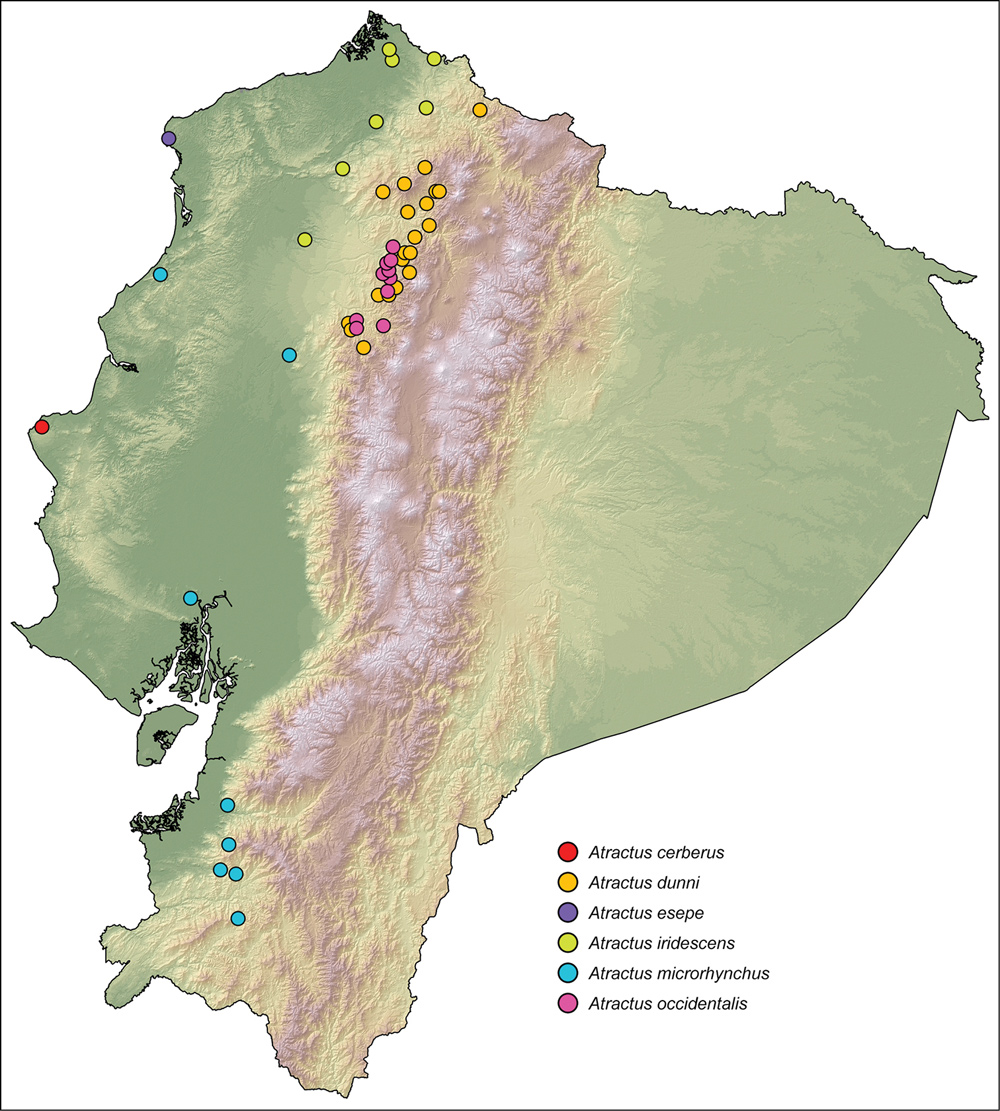
A map of Ecuador showing the known location of six species of Atractus snake. The snakes can be found under rocks and logs in the Andean highlands and are sometimes seen crossing paths or trails in the forested lowlands, said herpetologist Alejandro Arteaga.

Stephanie Pappas is a contributing writer for Live Science, covering topics ranging from geoscience to archaeology to the human brain and behavior. She was previously a senior writer for Live Science but is now a freelancer based in Denver, Colorado, and regularly contributes to Scientific American and The Monitor, the monthly magazine of the American Psychological Association. Stephanie received a bachelor's degree in psychology from the University of South Carolina and a graduate certificate in science communication from the University of California, Santa Cruz.


